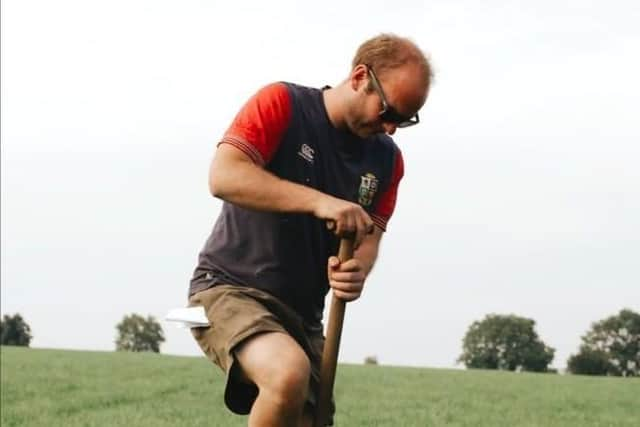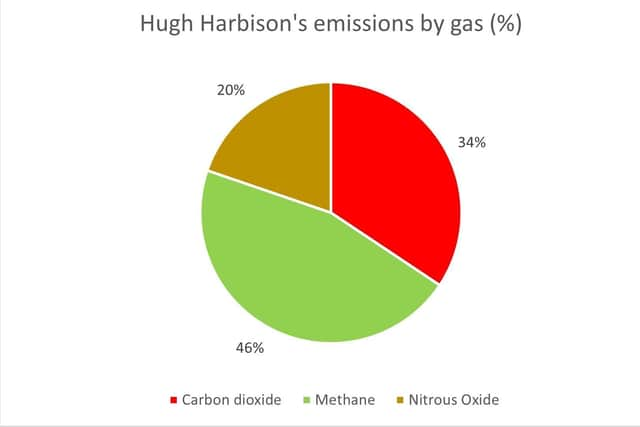ARCZero project sets benchmark on how to measure carbon on farm
and live on Freeview channel 276
The next in a series of farm walks on the subject will be held on Thursday 1st September on the Harbison Farm near Coleraine.
Hosted by Hugh Harbison, this will be the first in a series of farm walks which will be held in the coming months. Hugh, who will share his journey so far, runs a 180 cow dairy farm in partnership with his father Thompson at Aghadowey.
Advertisement
Advertisement
Like the other six ARCZero farms, a comprehensive carbon benchmarking exercise has been completed using SRUC’s Agrecalc tool. This tool breaks down carbon emissions into the three constituent gases: Carbon dioxide, Methane and Nitrous Oxide. While Hugh has only one enterprise on his farm the Agrecalc tool can also split emissions between enterprises allowing for a whole farm approach to be taken.


The total gross emissions from Hugh’s farm amount to 2,020 tonnes of CO2e (1.2 kg CO2e / litre). However, this is only part of the story. What is less often talked about is a farm’s ability to sequester carbon.
The Agrecalc soil carbon tool has estimated that Hugh’s farm sequesters 525 tonnes of CO2e into his soil each year, with a further 24t CO2e sequestered by his trees and hedges. This leaves Hugh with net emissions of 1,470 tonnes CO2e. This equates to a carbon intensity of just 0.89 kg CO2e / litre and 27% less than his gross emissions.
To get a more accurate picture of the carbon stocks on the ARCZero farms a comprehensive soil survey was done which measure carbon stocks from 0-10cm and 0-30 cm. Soil nutrient analysis and soil texture classification was also undertaken.
Advertisement
Advertisement
Soils were categorised by a number of different factors including: organic matter content, land use, manure application, and whether grassland was grazed or cut and on the sward type. In addition, a LIDAR survey was taken to measure above ground carbon in the form of trees and hedges. This revealed that 18,594t of carbon is stored in Hugh’s soils and a further 538t is stored in his hedges. When converted to CO2 equivalents this amount to 70,023 t of CO2e of above and below ground carbon stocks. The work done by ARCZero has highlighted the fact that farmers are the custodians of the nation’s carbon.


A more in-depth analysis of Hugh Harbison’s net carbon balance will be given at the farm walk on the 1st September with expert speakers from Queen’s University, AFBI and CAFRE. Farm walks will leave at 10.30am,11am, 1.30pm and 2pm. Everyone is welcome but pre-registration is required and can be done via the ARCZero website: www.arczeroni.org